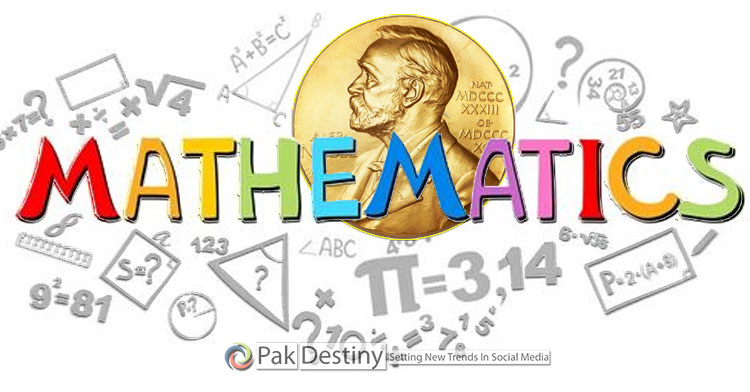
By Syed Mansoor Sarwar
Alfred Nobel, a Swedish chemist, engineer, inventor, literarian, businessman, and philanthropist, established the Nobel Prize through his will in 1895 to recognize annually those who “have done mankind the greatest good” in Physics, Chemistry, Physiology or Medicine, Literature, and Peace. These highly coveted prizes were first awarded in 1901. The Nobel Prize in Economics, also known as Nobel Memorial Prize in Economic Sciences, was added in 1968 and first awarded in 1969 through a large donation given to the Nobel Foundation by the Swedish National Bank.
The Royal Swedish Academy of Sciences awards the prizes in Chemistry, Physics, and Economics; the Nobel Assembly at Karolinska Institutet awards the Nobel Prize in Physiology or Medicine; the Swedish Academy accolades the Nobel Prize in Literature; and the Norwegian Nobel Committee decides the winner of the Nobel Peace Prize. The ceremonies for honoring the recipients of these prizes, except the Peace Prize, take place in Stockholm, Sweden. The Peace Prize is awarded in Oslo, Norway.
Two young engineers, Ragnar Sohlman and Rudolf Lilljequist, executed Nobel’s will. They also formed the Nobel Foundation to take care of the financial assets left by Nobel and to coordinate with the respective institutions for the award of prizes. Later, Sohlman also became the director of Nobel Foundation.
Each Nobel laureate is honored with a diploma bearing a citation, a gold medal, and eleven million Swedish crowns (currently around $1,060,000) in 2023. The medals given before 1980 were made of 23-carat gold, and those given since 1980 were made using 18-carat green gold coated with 24-carat gold. Thus far, the Nobel Prize has been awarded 621 times to 1000 people and organizations. Since some have received it more than once, a total of 965 people and 27 organizations have received this coveted prize.
Alfred Nobel was born in Stockholm, Sweden, on October 21, 1833. When he was only five years old, his father, Immanuel Nobel, left his family to establish his business in St. Petersburg, the then capital of Russia. In 1842, Alfred along with his mother and siblings joined his father in St. Petersburg, where he had established a successful business of manufacturing machine tools and explosives.
Alfred Nobel and his siblings received their education through private tutoring in St. Petersburg in the 1840s. He left Russia and came back to Sweden in 1863. In between, he also went to the USA, Germany, France, and Italy for various education, research, and training programs. He settled in Paris in the mid 1870s, where he maintained a permanent home from 1873 to 1891.
Nobel did not attend any college or university. The University of Uppsala awarded Nobel an honorary degree in 1883. He was elected as a member to the Swedish Academy of Sciences. He did spend the few final years of his life in Sweden, but at a place close to Bofors industry that he had acquired in 1893, and not in Stockholm. At the time of his death, Nobel had 355 patents, including those for dynamite and its detonator, and 90 companies in 20 countries. He dedicated 94% of his total assets, £1,687,837 (GBP), for the five prizes. Today, the capital is worth over £440 (US$550) million.
Nobel developed strong literary interests at a very young age and spoke Swedish, German, French, English, and Russian at the age of 17. English poets, Lord Byron and Percy Shelley, particularly influenced him. When he was 18, Nobel wrote a 425-line autobiographical poem in superior English, called “You say I am a riddle.”
Inspired by Shelley, he also wrote Nemesis, a prose tragedy in four acts about Beatrice Cenci. It was printed while he was dying. All the copies of this play, except three, were destroyed being regarded as scandalous and blasphemous. The first surviving edition was published in Sweden in 2003. It was published in Russia in 2010.
He also had keen interest in philosophy and read the works of Plato, Aristotle, and Voltaire at a young age. In fact, in order to improve his French, he translated Voltaire’s work into Swedish and back to French.
Nobel had seven siblings, but he lost three of them due to various medical reasons and one due to an explosion in his factory. Nobel was physically weak and often suffered due to poor health. He became seriously ill in 1854 and he had to travel to the Bohemian spa town of Franzenbad for special treatment. He remained a lonely personality and spent time in periods of depression.
The scientific community has always wondered why Alfred Nobel did not establish the Nobel Prize in Mathematics. There are two myths about the issue. The first, called the French-American version by Lars Garding and Lars Hormander in their 1985 article in The Mathematical Intelligencer, is that Mittag-Leffler, a famous Swedish mathematician at the University of Stockholm had an affair with Nobel’s wife.
According to Sohlman and other biographers of Nobel (Evlanoff, Fluor, and Fant), three women came into Nobel’s life, but he remained unmarried. His first relationship was with a Russian girl Alexandra, who rejected his proposal for marriage. This happened during 1842-1863 when his family lived in St. Petersburg.
Nobel’s second relationship was with his secretary Bertha Kinsky in 1876. After a brief stay with Nobel, she left him to marry Arthur Gundaccar von Suttner. However, she and Nobel remained in communication for 20 years until his death on December 10, 1896. Bertha von Suttner authored the famous book “Lay down your arms” and became a recognized figure in the peace movement. It is believed that she influenced Nobel to include a peace prize in his will. She was awarded the Nobel Peace Prize in 1905.
Nobel’s third liaison was with Sofie Hess and it lasted for around 18 years until his death. Thus, the first myth that Mittag-Leffler had an affair with Nobel’s wife carries no credibility. However, this fable continues to live, primarily, because mathematicians think that it is unfair that there is a Nobel Prize in physics but not in mathematics.
The second legend, described in the same article as the Swedish version, is that Nobel did not want Mittag-Leffler to be the first recipient of Nobel Prize in mathematics. According to a book written by Ragnar Sohlman in 1950, Mittag-Leffler was a student at the University of Stockholm when Nobel returned to Stockholm in 1863. Thus, based on the life story described above, it seems highly unlikely that Nobel and Mttag-Leffler came into some kind of academic conflict. Therefore, the second myth too does not carry any credibility.
Nobel’s will states that the prize should be given “to those who during the past years have done mankind the greatest good.” It further states that one prize each should be given to one who a) “in the domain of physics has made the most important discovery or invention;” b) “has made the most important chemical discovery or improvement;” c) “has made the most important discovery in the domain of physiology or medicine;” d) “in literature has produced the best in ideal direction;” e) “has done most or best for the fraternization of peoples or abolition or diminishing of standing armies, and for creation or propagation of peace congresses.”
It is easy to see that Nobel dedicated all the prizes to subjects that were closed related to his own interests. He had excelled in physics and chemistry, and had developed deep interest in literature at a very young age. His personal health issues and the deaths of his four out of seven siblings were perhaps instrumental in his decision to include the prize in physiology or medicine. Finally, his close association with Bertha von Suttner for 20 years resulted in the inclusion of the prize in peace.
This should bury forever the various myths about why there is no Nobel Prize in mathematics.
PAK DESTINY
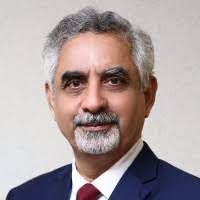
The author is former Vice Chancellor of the University of Engineering and Technology (UET), Lahore, former Principal of the Punjab University College of Information Technology (PUCIT), University of the Punjab, Lahore, and former Head of Computer Science Department at LUMS, Lahore.


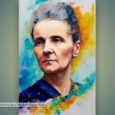
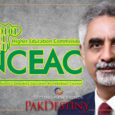
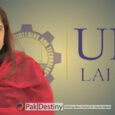
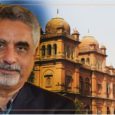

What a treat to read. Informative piece of writing
Very articulate and apt writeup.
This is very informative writing. I appreciate.
Very well written Sir. Still do we have something similar to Nobel price for mathematics community?
The Fields Medal
The Fields Medal is given every four years to mathematicians under the age of 40 years. It is typically awarded to 2-4 mathematicians and includes a cash prize of $15,000. It was established in 1936 with the efforts of the Canadian mathematician, John Charles Fields.
Perhaps, the real equivalent of the Nobel Prize in mathematics is the Abel Prize, awarded annually by the King of Norway. It is named after a celebrated Norwegian mathematician, Niels Henrik Abel, and was established in 2002 on the 200th birth anniversary of Abel. The award includes a cash prize of $1 million.
History is made with hardwork, dedication, commitment, and sacrifices. The marks (medals) of these historical achievements should be regarded and rewarded with honour. Congratulations to those who have achieved it. Good luck to those who are aiming for it ✨️
This is very informative writing.